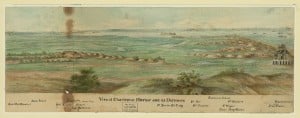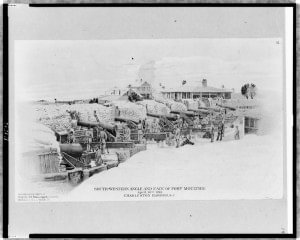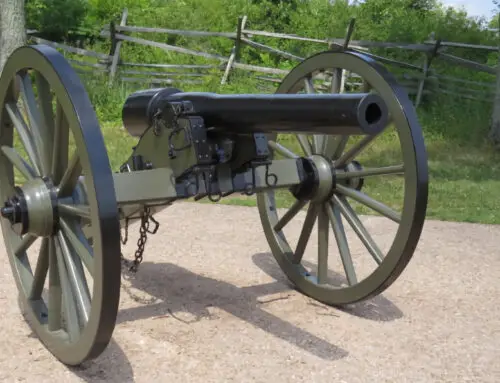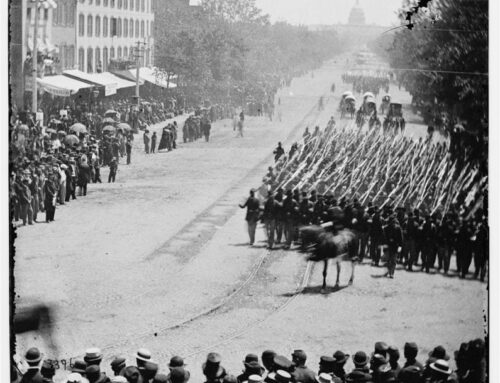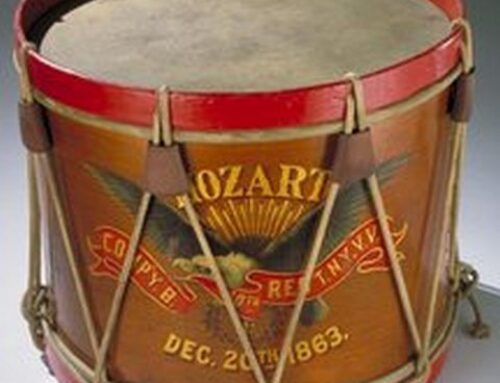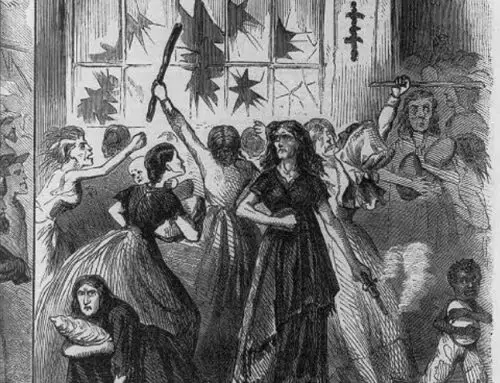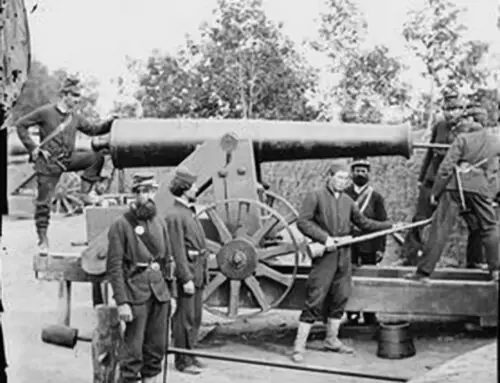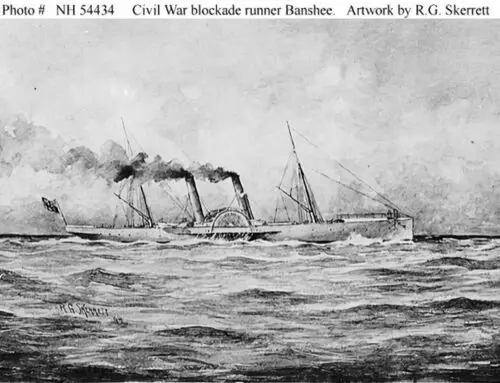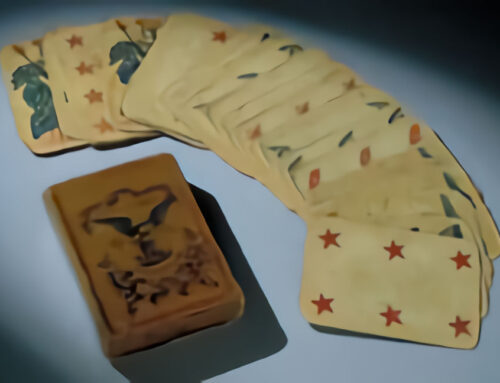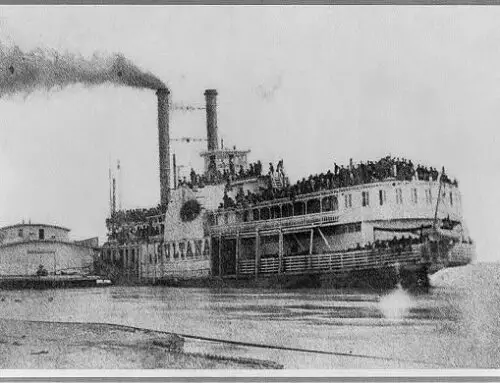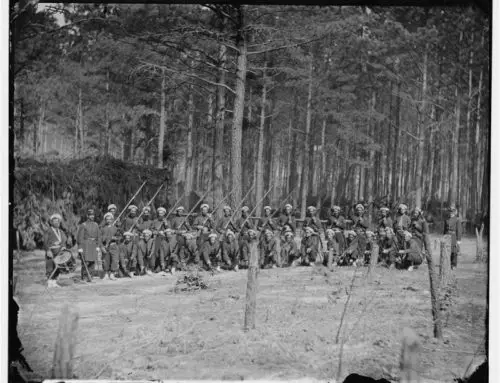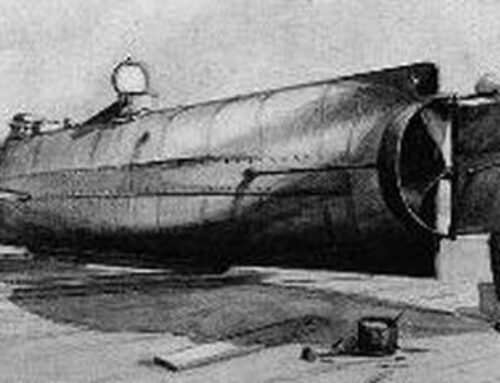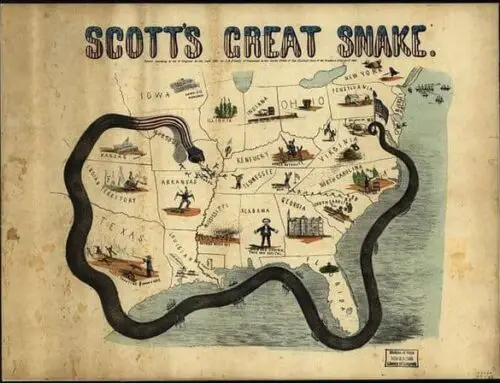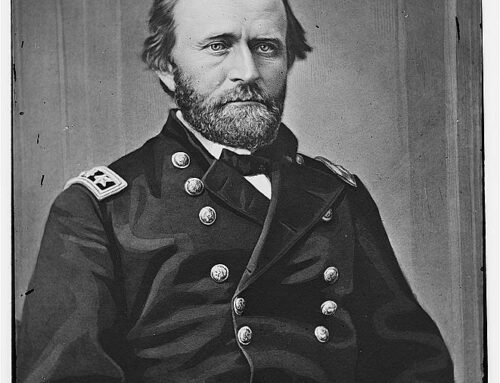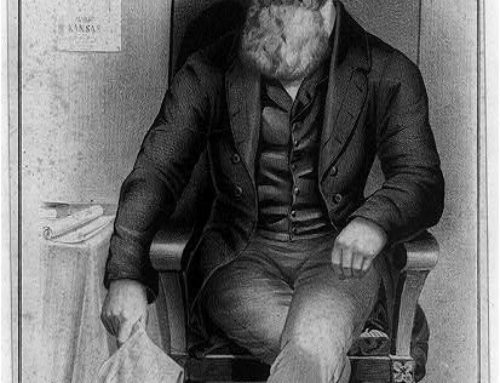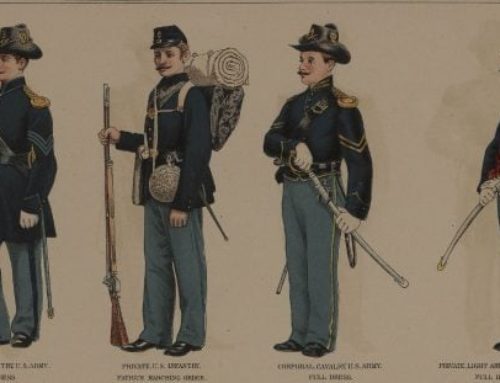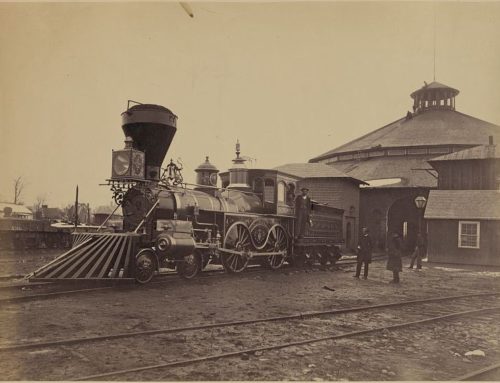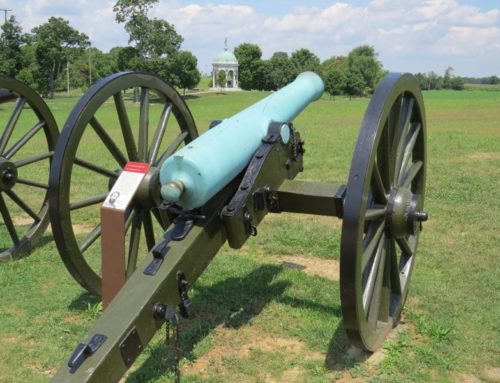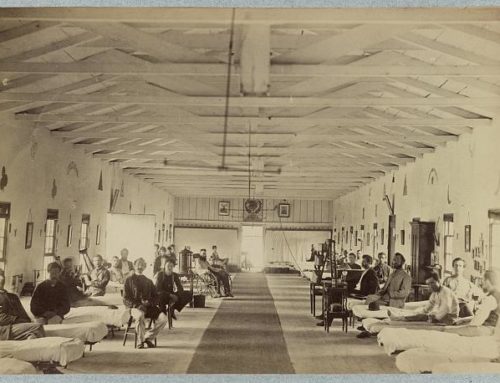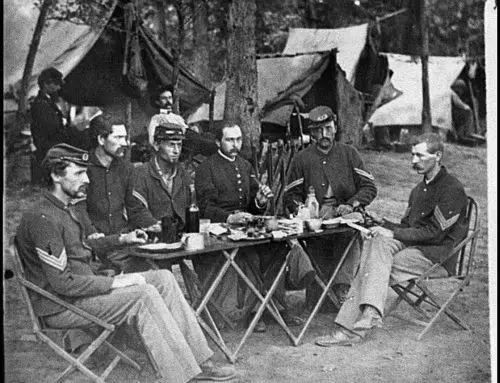Charleston Harbor South Carolina is where the American Civil War started. Three main forts controlled access to the harbor and the city of Charleston. The forts were commanded by Colonel John Gardner.
On November 15th 1860 Colonel Gardner was relieved of command and sent to a post in Texas. Major Robert Anderson became the commanding officer of the forts.
The Union military occupied three forts in Charleston Harbor. The three forts were Fort Moultrie, Fort Sumter, and Castle Pinckney.
Fort Moultrie was the principal fort in the area, and the headquarters of Major Anderson and most of his garrison.
Major Anderson had only a very small garrison that was required to occupy all three forts.
On December 20th 1860 South Carolina seceded from the Union becoming the first state to do so. The Union military occupied the forts around Charleston Harbor. With the secession of South Carolina they demanded that these forts be evacuated and turned over to state troops.
The United States military would not leave however they only had a very small garrison to occupy the three main forts.
Major Anderson was assigned to Fort Moultrie, he was not impressed with this particular fort. The defenses were weak and he had a very small garrison with which to defend it. It was also understood that the South Carolinians wanted to take over this fort. To them it was a matter of pride that they control Fort Moultrie.
Major Anderson also knew that the citizens of South Carolina were aware of the layout and the weaknesses of this fort, and he knew that with such a small garrison and the weak defenses of the fort that any attempt to attack the fort would be successful.
Garrison to Defend the Forts of Charleston Harbor
In total Major Anderson’s garrison to defend all of the harbor forts as of November 28th 1860 consisted of 7 officers and 75 men, along with 205 workmen assigned to improve the defenses of the forts. The garrison consisted of
- 7 Commissioned Officers
- 8 Members of the band
- 2 Non-Commissioned staff
- 17 Non-Commissioned Officers
- 39 Privates
- 2 Sick Privates
- 7 Privates who were being confined
Major Anderson urgently requested reinforcements so that he could strongly occupy all three forts. If these reinforcements could not be provided he wanted to move the bulk of his garrison to Fort Sumter which was a much stronger fort, sitting on it’s own island at the entrance to Charleston Harbor.
The United States government was extremely hesitant about sending more troops to reinforce Major Anderson. The people of South Carolina were on the verge of rebellion and any action on the part of the federal government that the South Carolinians deemed as a hostile act against their territory could immediately lead to an attack against the federal troops presently stationed at these forts.
Even the transfer of muskets from the Charleston arsenal to the forts could not be done for fear of causing an uprising.
On December 26th 1860 Major Anderson ordered that Fort Moultrie be abandoned, it’s guns spiked, flagstaff cut down, and gun carriages burned. He then transferred his command to Fort Sumter.
This move was seen as an act of war by the leaders of South Carolina. They did not see this as a simple transfer of forces from one fort to another, but of a commander who had deliberately abandoned his position in the face of a superior enemy in order to withdraw to a stronger position to be safe from that enemy.
The next day December 27th South Carolinian forces took control of two of the forts in Charleston Harbor, Castle Pinckney and Fort Moultrie.
The South Carolina Palmetto flag was then hoisted above the city of Charleston, changed to the Confederate flag on March 6th 1861.
Construction work immediately started on all of the forts that were now in Confederate hands. They reinforced the forts, constructed bomb proof shelters to protect their cannons against any fire from Fort Sumter, and moved in many Confederate troops to man the forts.
Work continued daily from January until April 1861 when they were finally ready to attack. The men in Fort Sumter were now completely surrounded and alone.
The people of South Carolina had one more fort to capture. Fort Sumter would not go so peacefully.

